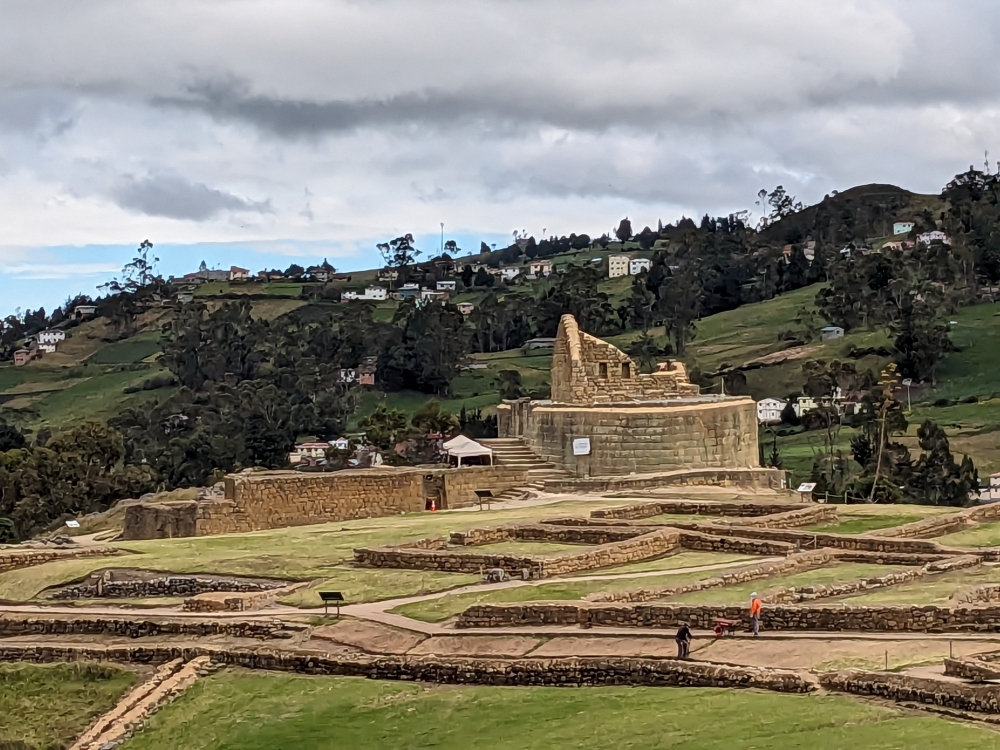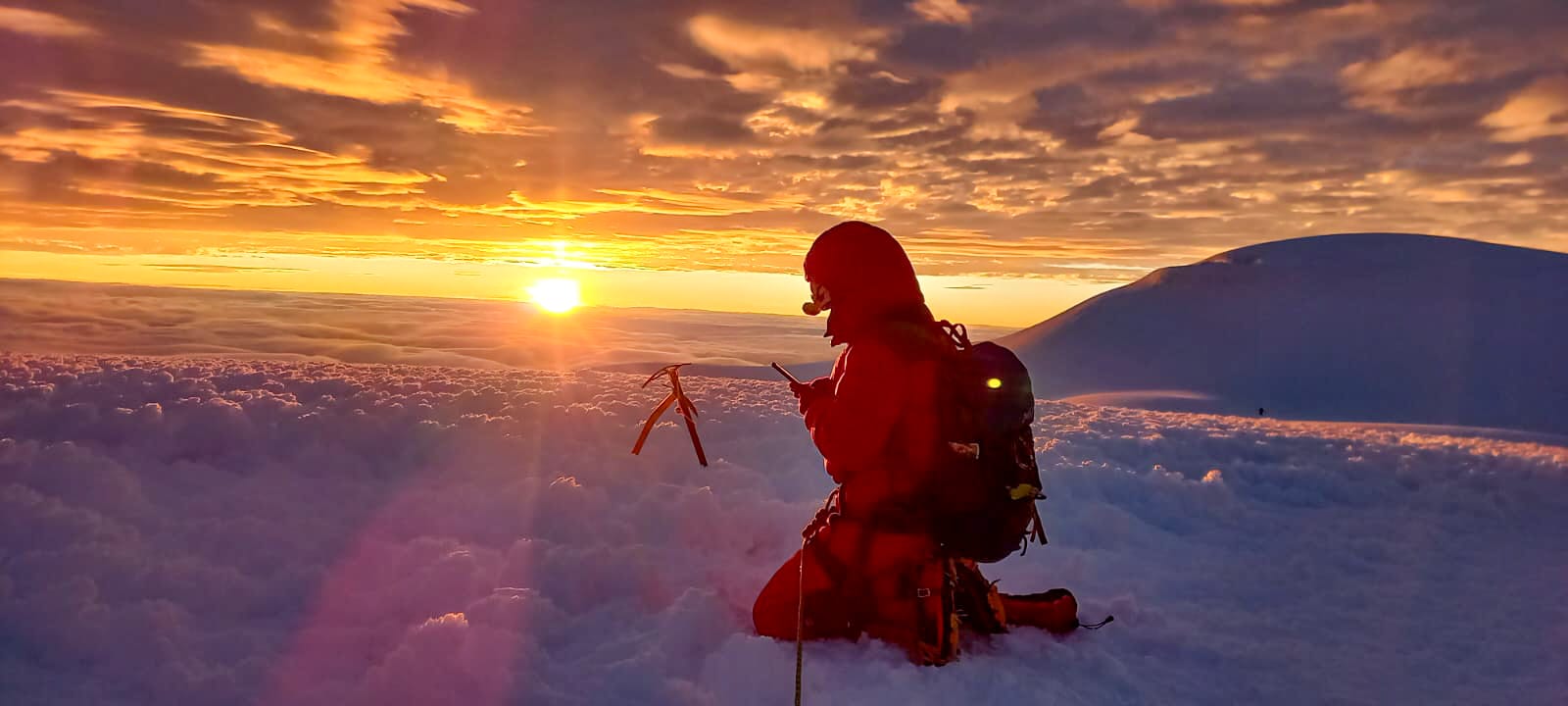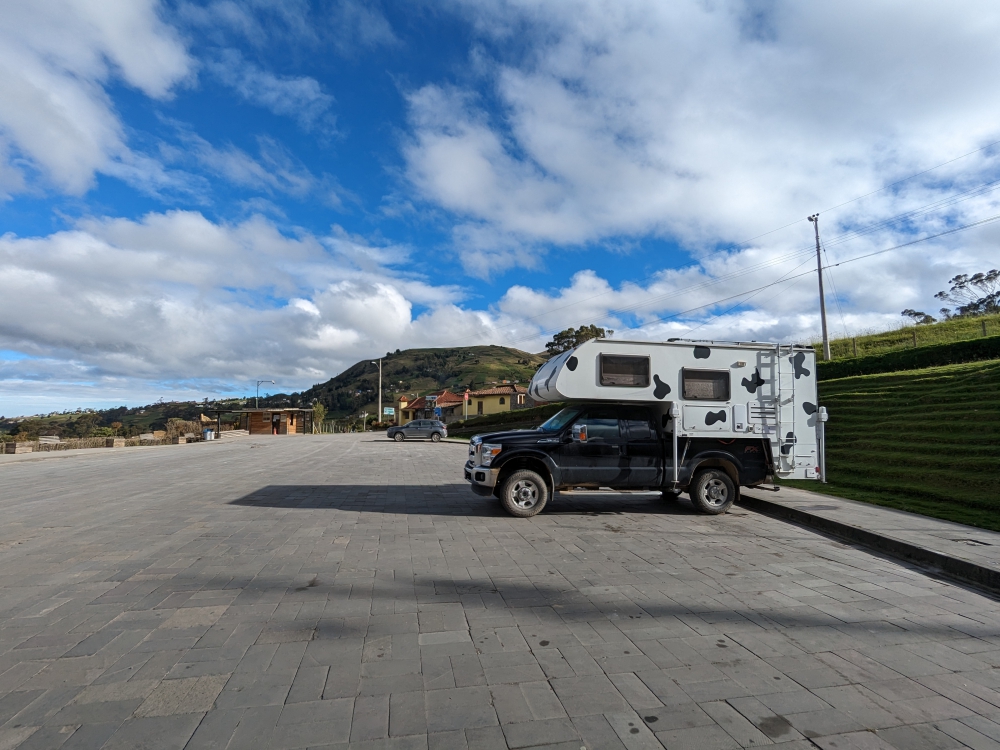After two weeks in Cusco, doing camper projects, running errands, being sick, and exploring the historic center, our plans turned a bit tricky. My cousin and her husband, perfect guests who visited us frequently when we sailed in the tropics, had booked plane tickets to join us in the Cusco area for two weeks, towards the end of November, following a two-week bus tour through Southern Peru. Nothing tricky about that, except for the fact that our immigration stamps expired the end of October…
Based on accounts from other overlanders, we believed we had a good chance to obtain another sixty days in Peru, at the border with Bolivia; an ordeal we’d have to figure out later and something I worried about for over a month. It was mid-October now and we had two weeks left in the country.
We expected to visit the Sacred Valley with my family, but what if we wouldn’t be allowed back into Peru? Were we willing to miss out on this country’s highlights, like Machu Picchu, Arequipa, and the villages and archeological sites in the Valle Segrado?
Mark and I opted for an in-between solution: we skipped famous Machu Picchu (expensive and a hassle to get to) – for now – and bought a two-day tourist ticket for 70 soles/$20 each to visit the highlights of the Sacred Valley. This would be a different way of traveling for us, who usually take it slowly, camping wherever it looks attractive. We had two days to explore five sites and two historic villages!
Pisac archeological site
From the Cusco campground, we headed uphill, past the trio of ruins we’d checked out previously, via a viewpoint that offered potable water from a spigot, to a pull-out along a quiet road for the night. The following morning, we descended into the valley and spotted the famous terraced hills of Pisac.
Traveling with a camper makes it easy to leave our dog behind, in a cool and shady environment with plenty of water. Mark and I braved the long climb to the citadel, breathing heavily in the thin air and taking many breaks.
The Pisac archeological site is a large Incan complex of agricultural terraces, residences, guard posts, watchtowers, and a ceremonial center along a mountain ridge above the town of the same name. It was built around 1440.
Little is known about the site’s actual purpose. Researchers believe that old Pisac defended the southern entrance to the Sacred Valley and was an observatory and religious site.
The best way to explore this destination is by taking a taxi or minibus to the entrance, climbing the hill, and then following a path down to Pisac town. Since we had our vehicle with us, we only visited the top part of this impressive site.
Pisac town
Continue reading











































